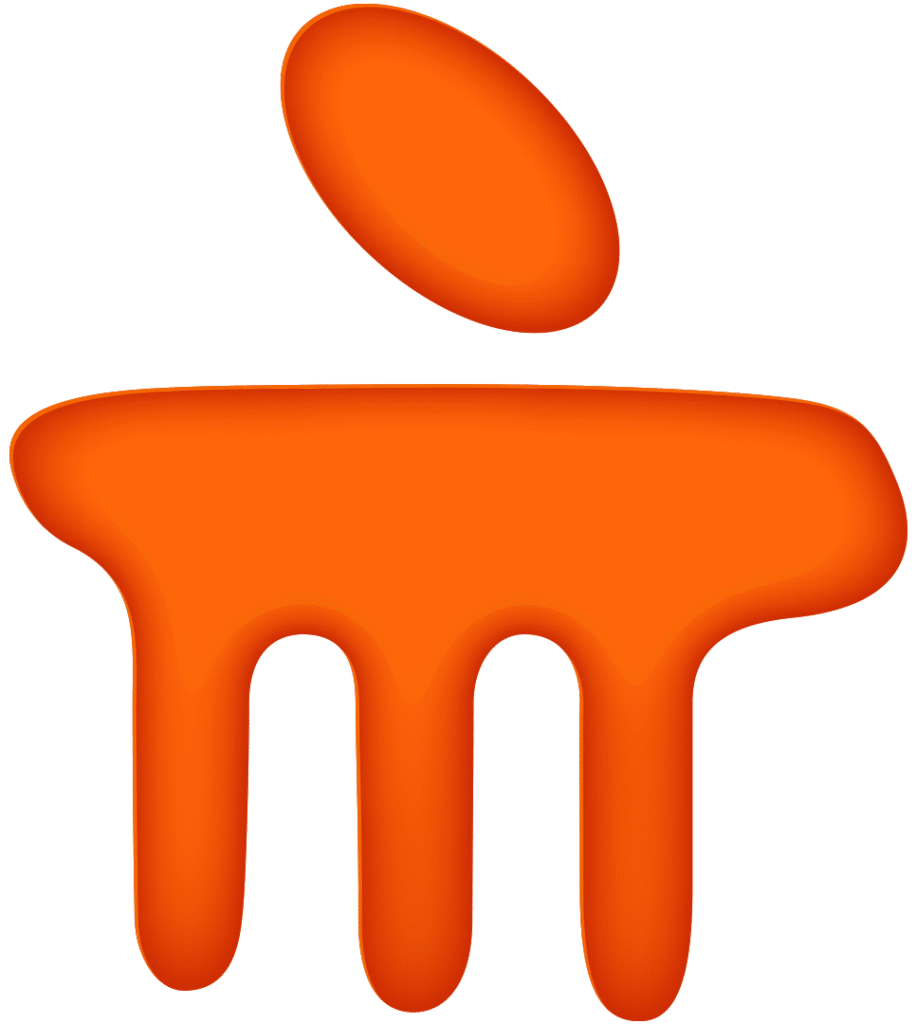
Powered by technology, driven by innovation, and designed for success.




ReThink, ReImagine & ReInvent Assessments





AI-Powered Online Examination Platform
Pioneering the Future of Assessments Through Innovation
MeritTrac is a leading testing and assessment solutions provider, delivering customized solutions to enterprises, and educational institutions. With a content strong and technology-first approach, we empower organizations to make data-driven decisions, enhance talent acquisition, workforce development and educational assessments. Our AI-powered platforms ensure scalable, secure, and seamless assessment experiences across various domains.

Corporates

Educational Institutions

Products

Our Impact in Numbers
At MeritTrac, we take pride in the tangible impact we have made in transforming assessment processes globally.
Strong delivery mechanism- Delivery capability across 350 cities in India
ISO 9001:2015, ISO 27001, and CMMI L3 certified
Trusted by Leading Organizations Across Industries
Our clients span diverse industries and geographies, including some of the world’s leading enterprises and educational institutions.Here is what they say about our solutions
Tailored Solutions for Your Assessment Needs
Our range of solutions caters to the unique needs of enterprises and educational institutions. From hiring the best talent to empowering students and professionals, our solutions drive measurable outcomes.

Why Choose MeritTrac?
At MeritTrac, we don’t just offer assessments; we offer transformation. Our solutions are designed to drive success through quality, technology, efficiency, and security. Here’s why you should choose us:
MeritTrac ensures the highest standards of reliability and validity in its assessments, making them the preferred choice for talent acquisition, workforce development, and employee evaluations. Our assessments are scientifically designed to provide accurate insights into the skills, competencies, and potential of candidates and employees, helping organizations make informed decisions.
We provide advanced examination management solutions tailored to meet the needs of educational institutions. Our secure platforms can handle high volumes of test-takers, ensuring seamless operations from test administration to result generation. Whether it's a university, college, or certification body, our scalable solutions ensure a smooth, reliable examination experience.
Our AI-driven platforms are designed to enhance the assessment experience for all stakeholders, offering greater security, scalability, and ease of use. Features like automated proctoring, identity verification, and adaptive testing ensure that every assessment is conducted with the highest levels of integrity and efficiency.
With over 55 million assessments delivered, MeritTrac has established itself as a trusted partner for organizations globally. Our solutions have supported enterprises in identifying top talent and educational institutions in evaluating student progress, all while maintaining the highest standards of quality and reliability.
MeritTrac offers a full suite of assessment solutions, covering everything from test design and delivery to reporting and analytics. We work closely with our clients to ensure that each solution is tailored to their specific needs, providing detailed insights that drive continuous improvement and success in talent management and education.
Trusted by Leading Organizations Across Industries
Our clients span diverse industries and geographies, including some of the world’s leading enterprises and educational institutions.Here is what they say about our solutions















A special note of appreciation for the way you have handled all events pan India. I think the standout area was your technical expertise, which was passed on to the tech leads across, and your being hands-on for all events at any point in time. The way you handled the test process change with confidence and your ease of execution is noteworthy. Keep up the good work! Looking forward to your support in future as well.

I would like to congratulate you on the fantastic job you and your team have done during the first phase of campus recruitment. This being my first season, it was a great learning experience. I am pleasantly surprised at the enthusiasm and commitment levels shown by the team, always ready to take on a challenge and always looking for ways to solve any issue. Looking forward to the same during our upcoming pooled drives.
Well done and Thank You

Excellent Job!
We thought completing 2000 interviews at SRM was impossible. But you made it possible, extra ordinary job!

MeritTrac extended its support to conduct the end semester examinations with remote proctoring and Online marking. The exam was successfully completed with a concurrency of more than 500 candidates per batch. The Evaluation support and result analysis have helped achieve better numbers.

The online examinations conduction have fetched an overall high attendance of 28,000 students in a single batch, for the first time. MeritTrac's technical support has enabled us to achieve a turnaround ratio of 93%. Their transparent and seamless services helped us all along the process. It was a pleasure a working with them.

Please accept our sincere thanks on behalf of our team for the excellent support provided by you and your team, to successfully conduct the online exam. The online exam platform and its features were excellent, and the technical support provided by your team was outstanding.

MeritTrac has been an outstanding partner for the Ophthalmology Foundation. Their customer service is second to none- always responsive, professional, and incredibly accommodating to our specific needs. From seamless assessments to customised solutions, they have consistently gone above and beyond to ensure a smooth experience for our organisation. We highly recommend MeritTrac for their reliability, efficiency, and unwavering commitment to excellence.
TracLearn- The Latest Insights
Ready to Elevate Your Assessments?
Join hundreds of organizations and institutions that trust MeritTrac to deliver cutting-edge assessments. Request a demo to see how we can help you streamline your assessment process.






